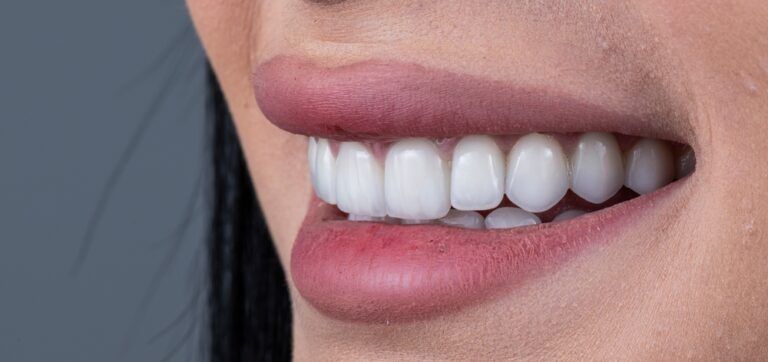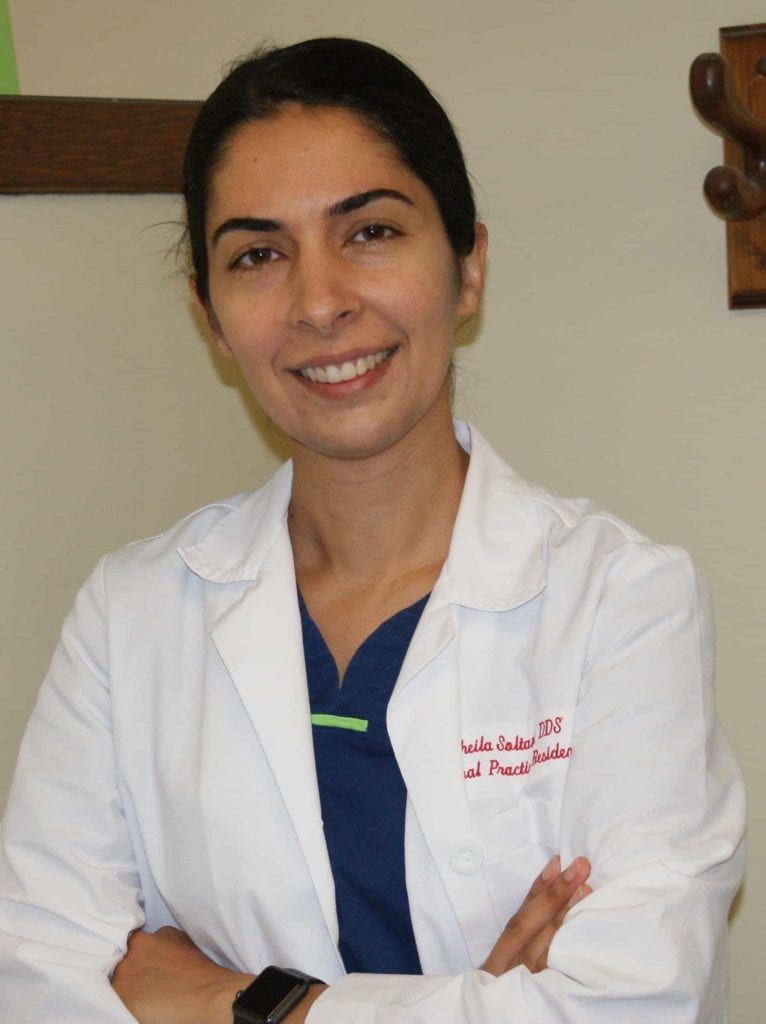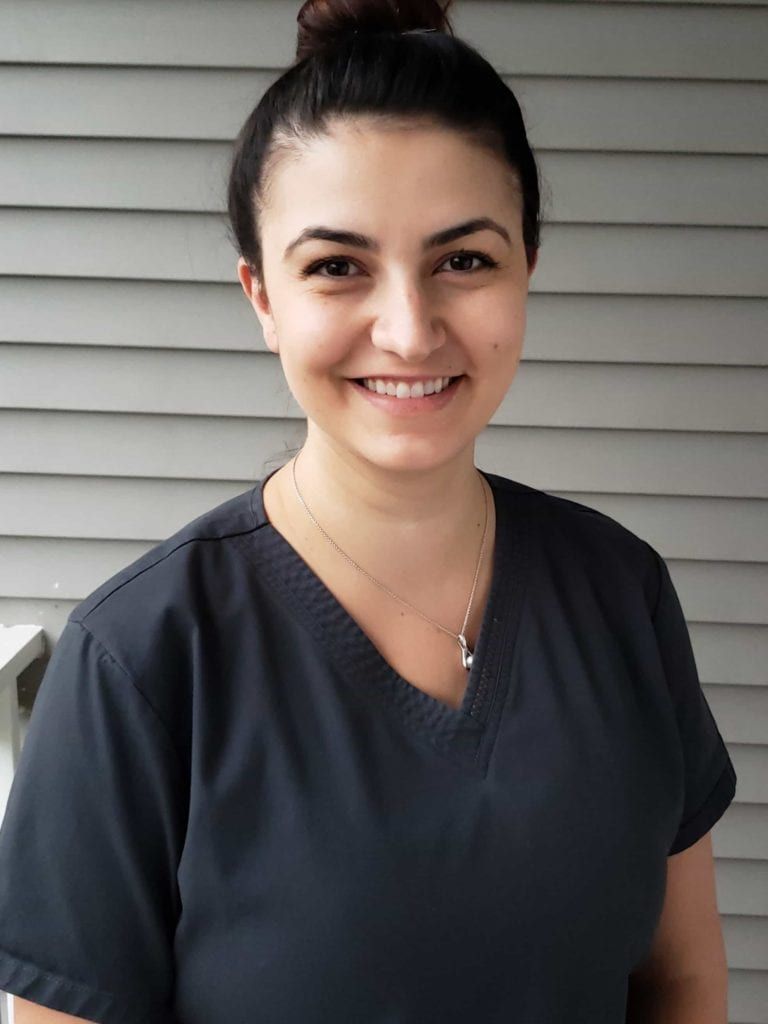At Romans & Soltani Dentistry in Camillus, NY, Dr. Anna Romans and Dr. Sheila Soltani are embracing cutting-edge technology to provide patients with the most advanced dental care available. Among these innovations is CAD/CAM technology, a game-changer in crafting dental crowns. CAD/CAM, which stands for Computer-Aided Design and Computer-Aided Manufacturing, has transformed traditional methods, offering unparalleled precision, efficiency, and patient satisfaction. This article explores the ways CAD/CAM is revolutionizing dental crown production and the benefits it brings to both patients and practitioners.
Understanding CAD/CAM Technology in Dentistry
CAD/CAM technology combines digital design with precise manufacturing to create dental restorations, including crowns, bridges, veneers, and inlays. Traditionally, crafting a dental crown involved multiple appointments and several days or weeks of waiting. With CAD/CAM, the entire process can be completed in a single visit, providing patients with a permanent solution in record time.
At Romans & Soltani Dentistry, we utilize CAD/CAM to streamline the process, offering our patients efficient and high-quality restorations. The technology involves several steps, including digital scanning, computerized design, and milling the restoration from a durable block of ceramic or composite material. This level of precision allows for a highly customized fit and improved patient outcomes.
Step-by-Step Process of CAD/CAM Crown Creation
- Digital Scanning
CAD/CAM technology begins with a digital scan of the patient’s mouth. A small intraoral scanner captures detailed 3D images of the tooth and surrounding structures, eliminating the need for messy impressions. The accuracy of these scans ensures that the final restoration will fit snugly and comfortably. - Designing the Crown
Once the scan is complete, the software creates a virtual model of the tooth. Dr. Romans or Dr. Soltani can then customize the crown’s shape, size, and contours to match the patient’s natural tooth anatomy. The digital design phase provides an opportunity to make adjustments before manufacturing, enhancing the precision and aesthetic appeal of the crown. - Milling the Crown
The finalized design is sent to an in-office milling machine, which carves the crown from a block of ceramic or composite material. This milling process typically takes around 10-15 minutes, producing a restoration with exceptional strength and longevity. The high-speed, accurate milling reduces the chance of human error and ensures that each crown is crafted to perfection. - Fitting and Adjustments
After the crown is milled, Dr. Romans or Dr. Soltani checks the fit, color, and alignment with the surrounding teeth. Minor adjustments can be made on the spot, if necessary. Once satisfied, the crown is bonded securely to the tooth, providing a seamless and natural-looking result. - Finishing Touches
The final step involves polishing the crown to achieve a natural shine that blends seamlessly with adjacent teeth. This polishing ensures that the crown not only looks realistic but also feels smooth and comfortable against the opposing teeth.
Benefits of CAD/CAM for Dental Crowns
1. Enhanced Precision and Fit
One of the key benefits of CAD/CAM technology is the level of precision it offers. The digital design process captures exact dimensions and contours of the patient’s tooth, leading to a crown that fits comfortably and accurately. Unlike traditional crowns, which might require additional adjustments after placement, CAD/CAM crowns typically fit perfectly from the start, reducing discomfort and improving overall satisfaction.
2. Same-Day Crowns
Traditional crown production often requires multiple appointments. Patients have to wait for the crown to be created in an offsite lab, wearing a temporary crown in the meantime. With CAD/CAM, Romans & Soltani Dentistry can produce and place the crown in a single visit. This same-day service not only saves time but also reduces the risk of complications associated with temporary crowns, such as shifting or falling out.
3. Superior Aesthetics
CAD/CAM technology allows for precise control over the color, translucency, and shape of the crown. The materials used for CAD/CAM crowns mimic the natural light-reflecting properties of enamel, providing an aesthetic match to the surrounding teeth. This results in a crown that is virtually indistinguishable from natural teeth, enhancing both appearance and confidence.
4. Minimally Invasive Procedure
With digital scanning and precise milling, the CAD/CAM process requires minimal alteration of the natural tooth structure. By preserving more of the original tooth, CAD/CAM crowns contribute to long-term oral health. This minimally invasive approach can be especially beneficial for patients with compromised teeth, as it reduces the risk of further damage.
5. Improved Patient Comfort
The comfort factor of CAD/CAM crowns is substantial. The digital scanning process is quick and eliminates the discomfort associated with traditional impression materials. Patients can also avoid the inconvenience of returning for multiple visits, making CAD/CAM an ideal choice for those with busy schedules or dental anxiety.
Why CAD/CAM Crowns Are the Future of Dentistry
As CAD/CAM technology continues to advance, more dentists are adopting it for a range of restorative procedures. The benefits of precision, efficiency, and patient satisfaction are driving its popularity. At Romans & Soltani Dentistry, Dr. Romans and Dr. Soltani have seen firsthand how CAD/CAM crowns can transform patient experiences. With a single-visit crown solution, patients can enjoy reliable, long-lasting restorations without the lengthy wait times and discomfort of traditional methods.
Furthermore, CAD/CAM technology aligns with the dental industry’s move toward more sustainable practices. By minimizing the need for temporary materials and reducing laboratory waste, CAD/CAM crowns contribute to a more environmentally friendly dental practice.
What Patients Can Expect from CAD/CAM Crowns at Romans & Soltani Dentistry
When patients choose Romans & Soltani Dentistry for their CAD/CAM crowns, they can expect a streamlined, comfortable experience with results that meet the highest standards of quality. Dr. Anna Romans and Dr. Sheila Soltani are committed to patient-centered care, taking the time to ensure each restoration is perfectly crafted to enhance both function and appearance.
In addition to crowns, CAD/CAM technology at Romans & Soltani Dentistry is also used for other restorative procedures like inlays and onlays, broadening its benefits to patients with diverse needs. The commitment to modern technology reflects the practice’s dedication to providing efficient, effective, and compassionate dental care in Camillus, NY.
A New Era of Dental Restoration
CAD/CAM technology has transformed the process of creating dental crowns, making it faster, more precise, and more comfortable for patients. As CAD/CAM continues to develop, it holds the potential to shape the future of dental restorations, offering more streamlined and personalized care.
At Romans & Soltani Dentistry, embracing CAD/CAM technology means patients no longer need to settle for temporary fixes or endure extended waits. Instead, they receive a high-quality, long-lasting crown in a single visit, crafted to enhance both their oral health and aesthetic appeal.
Sources:
- Fasbinder, D. J. (2019). Chairside CAD/CAM Dentistry in the Digital Age. Dental Clinics of North America.
- Miyazaki, T., Hotta, Y., Kunii, J., Kuriyama, S., & Tamaki, Y. (2013). A review of dental CAD/CAM: current status and future perspectives from 20 years of experience. Dental Materials Journal.
- Giordano, R., & Woelfel, S. (2020). CAD/CAM Materials in Restorative Dentistry. Journal of Esthetic and Restorative Dentistry.




